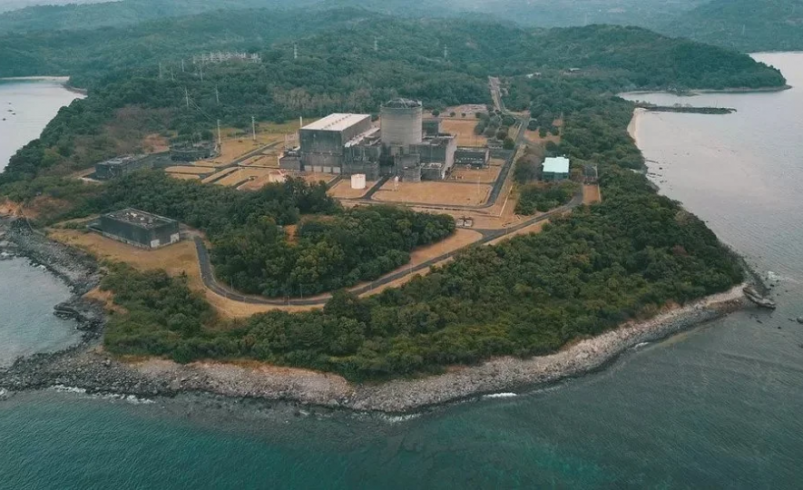Marcos says nuclear power a ‘strategic pillar’ for PH energy future
- October 3, 2025
- 0

In photo: Bataan Nuclear Power Plant / BBC
President Ferdinand Marcos Jr. has thrown his full support behind the Philippines’ nuclear energy program, declaring it central to the country’s long-term energy security and industrial growth.
In an official statement addressed to participants at the Philippine International Nuclear Supply Chain Forum (PINSCF) 2025, Marcos said the ability to harness nuclear power would be “an attractive option for a country like the Philippines, as it ensures stability for long-term planning, broadens the base for industrial growth, and strengthens the continuity of institutions.”
“Its pursuit calls forth a convergence of science and statecraft, where both development and regulation acquire social, economic, and strategic significance,” he said, urging stakeholders to advance “the most logical, economical, and sustainable solution to our energy security challenge.”
The Philippines has taken decisive steps to embed nuclear power into its future energy mix. Also announced during PINSCF 2025, DOE has formalized a framework naming the first Pioneer Nuclear Power Plant as a priority baseload facility with guaranteed grid access, exempt from the competitive bidding rules applied to other generation projects. Under the plan, the country expects to generate its first nuclear kilowatt-hour by 2032. Nuclear capacity is projected to grow to 2,600 megawatts by 2035 and 4,800 megawatts by 2050.
Regulatory foundations have also advanced with the passage of a law establishing the Philippine Atomic Energy Regulatory Authority (PhilATOM) as an independent regulator. In late 2024, the International Atomic Energy Agency completed a review mission confirming that nine of 14 nuclear infrastructure requirements have been met, with the rest in progress.
Marcos called on institutions to integrate nuclear readiness into their operations and culture.
“May each participant also carry from this Forum the duty to sow these lessons within the structures they serve, so that the idea of nuclear future takes root in the consciousness of our society at large,” he said, expressing confidence that the Philippines can achieve a “Bagong Pilipinas that is powered by safe, clean, and scalable nuclear energy.”
With nuclear now firmly on the policy agenda, what are the most critical factors that will determine whether the Philippines can meet its 2032 target?
Follow Power Philippines on Facebook and LinkedIn or join our Viber community to stay up to date on the latest energy news.